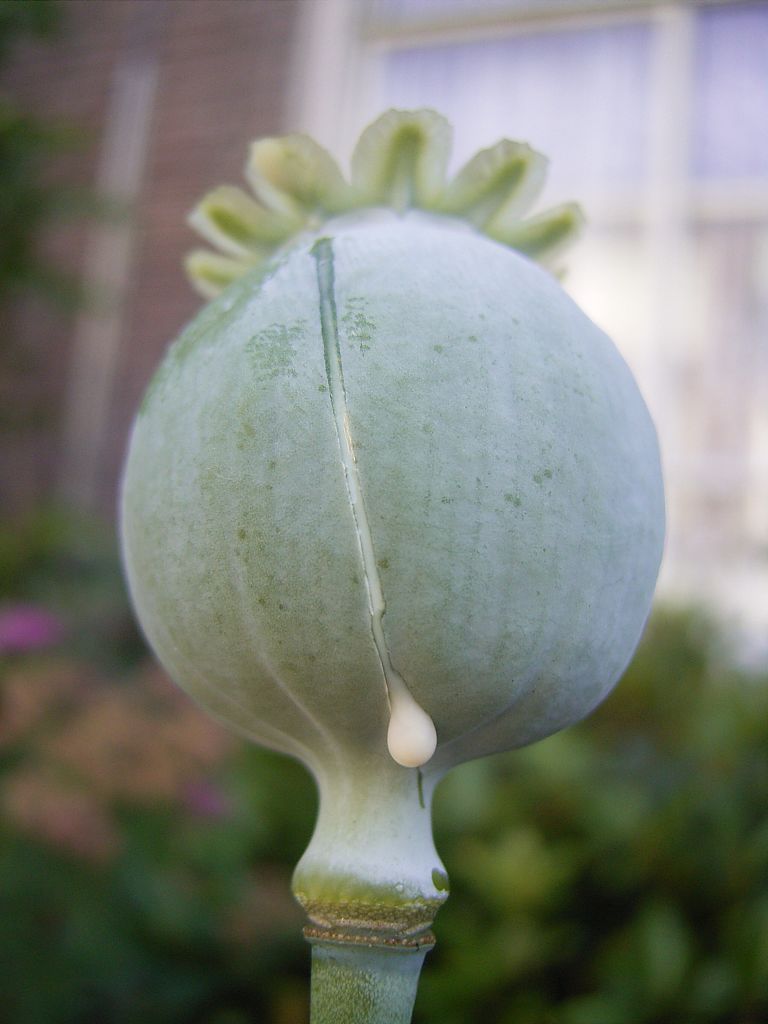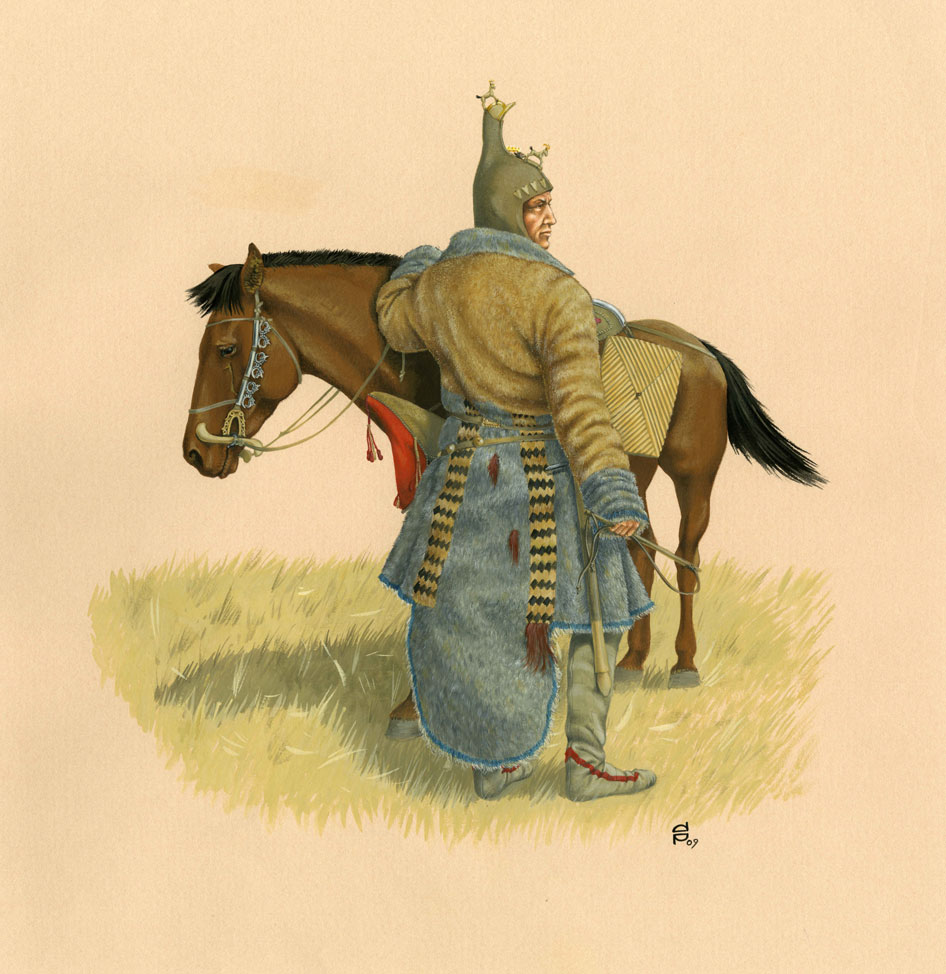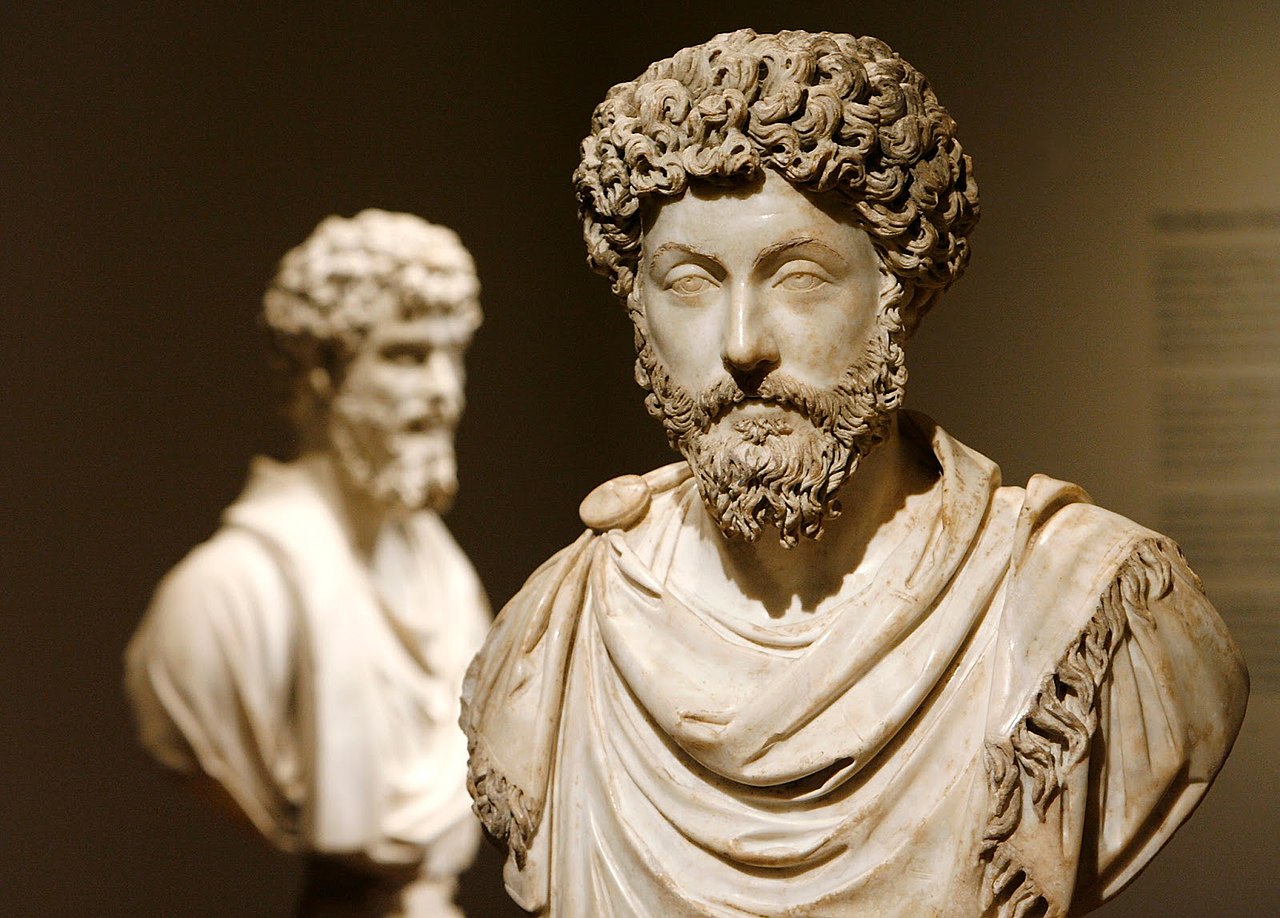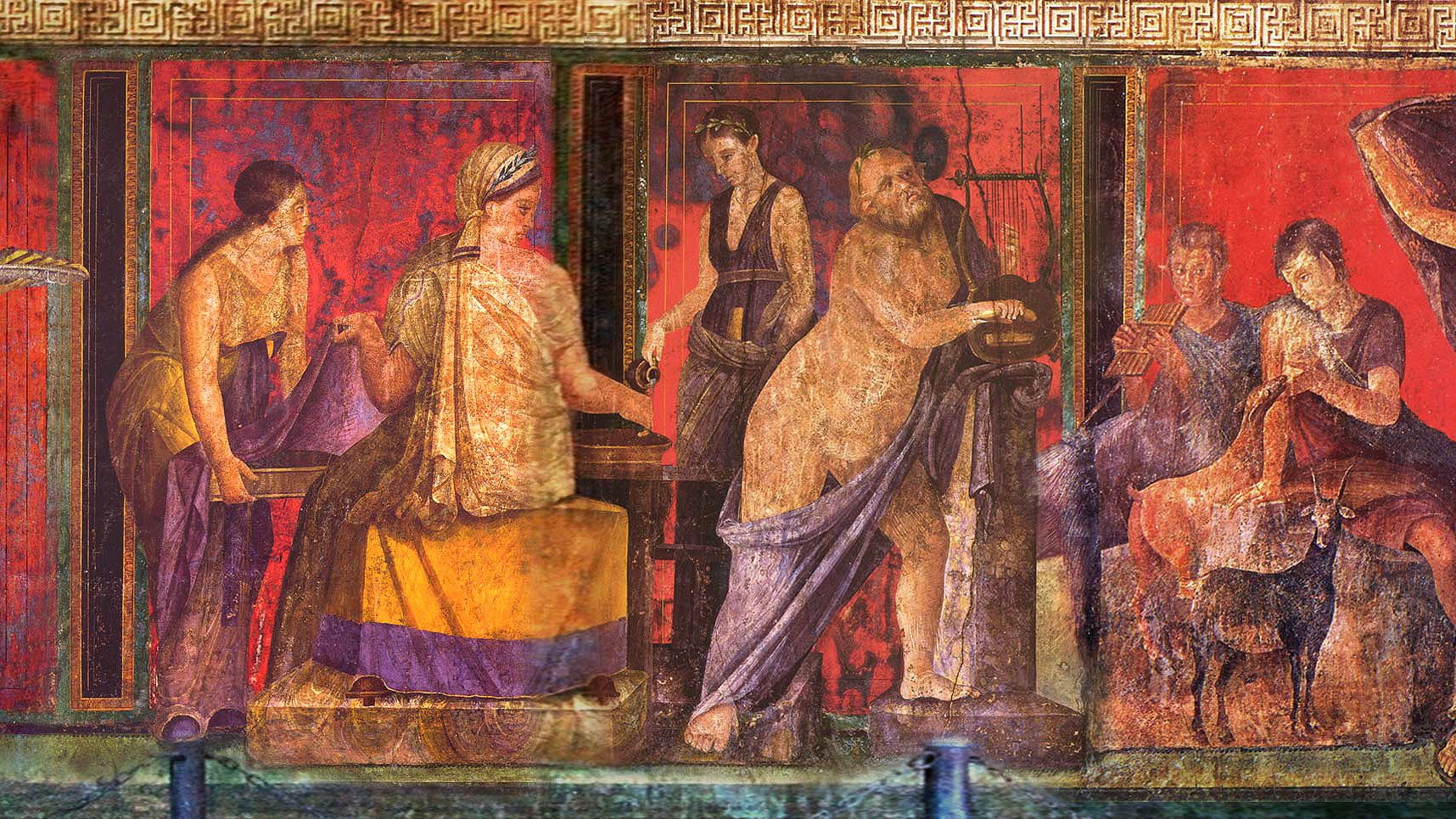The high life: Doing drugs with ancient Greeks and Romans

- Psychoactive substances are central to many New World cultures, but their role in the Old World is poorly understood.
- Archaeological research suggests that ancient civilizations, like the Greeks and Romans, consumed hemp and opium.
- Though drug dependency is a modern concept, sources describe Marcus Aurelius as an opium addict.
From ayahuasca to cocaine, psychoactive substances have played an important role in many native American societies. Derived from what are often referred to as “plants of the gods,” these substances produce feelings of ecstasy and out-of-body experiences. For this reason, they were used to communicate with deities and ancestors, and incorporated into rites of passage.
While human consumption of psychoactive plants in North and South America has been well-documented thanks in part to surviving cultures, their use in the Old World remains poorly understood due to lack of evidence.
Evidence of ancient drug use typically comes in one of two forms: artefactual and paleobotanical. Artefactual evidence refers to artifacts that were used to store or process psychoactive substances, like pots or pouches. Paleobotanical, meanwhile, refers to the chemical traces that the drugs have left behind, whether on the surface of their containers or inside the preserved bodies of the people that consumed them.
Neither type of evidence provides us with definitive proof that Old World cultures used psychoactive substances. As scholar M.D. Merlin explains in an article on the subject, paleobotanical evidence indicates the presence of a substance but offers no clues about the sociocultural context in which it was used. Artefactual evidence, though more open to interpretation, can contain hints about the substance’s symbolic meaning.
The earliest evidence of drug use in Europe
Researchers have yet to agree on when Old World cultures first started using drugs. Some feel confident in saying that drugs have been around since the late Pleistocene, more than 12,000 years ago. Others believe drug use predates the evolution of our own genus, and that we may have inherited the practice from our non-human ancestors. (See the “Stoned Ape” hypothesis for more on this.)
Opium poppies are among the first psychoactive plants to be consumed by humans, and the earliest known evidence of their usage was found in Italy. According to Merlin, the artefactual evidence comes in the form of sphere-shaped pendants which strongly resemble opium capsules. These were worn by women of the pre-Roman Dauni culture, who lived in southeastern regions of the Italian peninsula more than 2,500 years ago.

The earliest known paleobotanical evidence for opium use comes from Italy as well, near Lake Bracciano to the northwest of Rome. Preserved under three meters of limestone at the bottom of the lake, researchers discovered the preserved remains of poppy seeds that may have been used for oil, food, or medicine — or they may have had a “possibly cult use.” These seeds were found to be considerably older than the pendants, as the surrounding area was last populated 7,700 years ago.
The poppy seeds from Lake Bracciano represent one of the biggest challenges in the study of ancient substance use, as psychoactive plants can be used for a variety of purposes. Hemp, another drug commonly found in the Old World, might have been used to feed cattle or processed into rope and oil in addition to being consumed by humans.
Smoking among the Scythians
Add to this the fact that ancient humans may have consumed drugs for a variety of purposes. Indeed, Old World cultures may have used cannabis or opium as medicine or as part of their rituals and ceremonies. They may even have used drugs recreationally, like many people today.
Quite a few Greek and Roman sources mention cannabis, but not in the contexts that one might expect. The playwright Ephippus included cannabis in a list of delicacies such as cakes, fruits, and nuts. Atheneaus and Pausanias — a rhetorician and a traveler, respectively — said hemp was used in the production of rope and textile, and that it could also drive away mosquitoes.

The only possible reference to recreational cannabis use in classical antiquity comes from the historian Herodotus, who described the practices of a culture known as the Scythians. When a Scythian died, their friends and family burned hemp inside a tent, engulfing themselves in the smoke in the process. In the words of Herodotus: “The Scythians enjoy [this smoke] so much that they would howl with pleasure.”
The Romans also may have enjoyed the psychoactive properties of hemp. Like their Greek counterparts, the Romans considered cannabis seeds a delicacy, which they fried and consumed after dinner as dessert. According to Galen, a Greek physician who lived in Rome, the seeds were eaten “in order to stimulate an appetite for drinking.” They also created “a feeling of warmth” that, when eaten in large amounts, sent people’s minds into a “warm and toxic vapor.”
Marcus Aurelius: the first opium addict
The Roman Empire’s drug of choice, however, was opium. Doctors prescribed it to relieve pain and help their patients sleep at night. Opium was even used to treat coughing and diarrhea. With such an addictive substance being so widespread, it’s a little odd that none of Rome’s observant writers thought to comment on the issue of drug addiction.
That’s not to say addiction went undocumented completely. Among the Roman Empire’s increasing number of opium users was none other than its head of state, Marcus Aurelius. According to the historian Cassius Dio, Aurelius took opium multiple times a day to relieve his chest and stomach discomfort while he was out waging war. “This habit,” said Dio, “made it possible for him to endure this and other things.”

When Aurelius tried to quit opium, he became subject to what Galen called “dry humors,” but which modern readers will recognize as symptoms of withdrawal. Without opium, the emperor would become unable to address his troops or prepare for battle. He also struggled with opium’s many side effects. Though it helped him sleep at night, it also made him too drowsy to perform his duties in the day.
Does Marcus Aurelius’ use of opium qualify as recreational? Thomas W. Africa, author of The Opium Addiction of Marcus Aurelius, suggests it might. Though the emperor started taking the drug to ease problems with his chest and stomach, he did not suffer from serious medical issues. Instead, the main purpose of opium was to improve his quality of life. It also inspired his famous writings. “Drugs,” concludes Africa, “incapacitated Marcus less than they insulated his natural reserve and fired his philosophic insight to the fever pitch of vision.”





